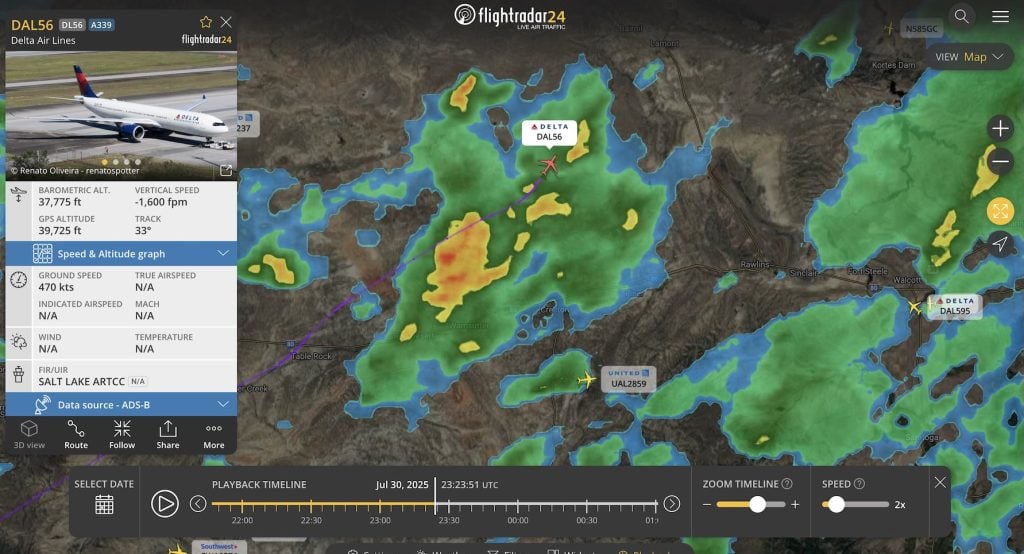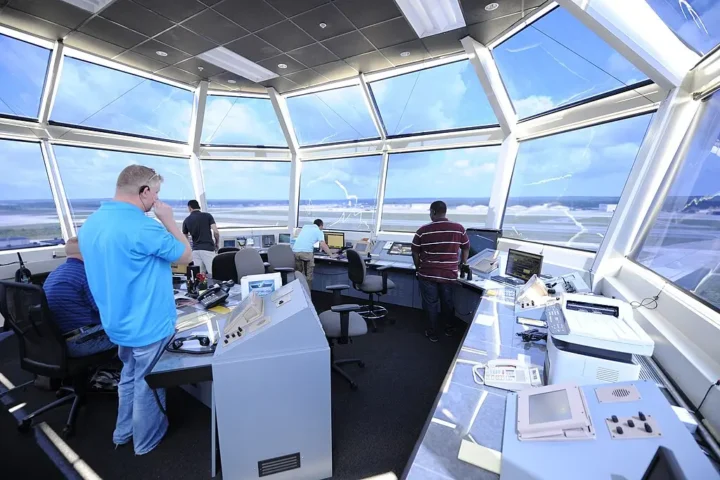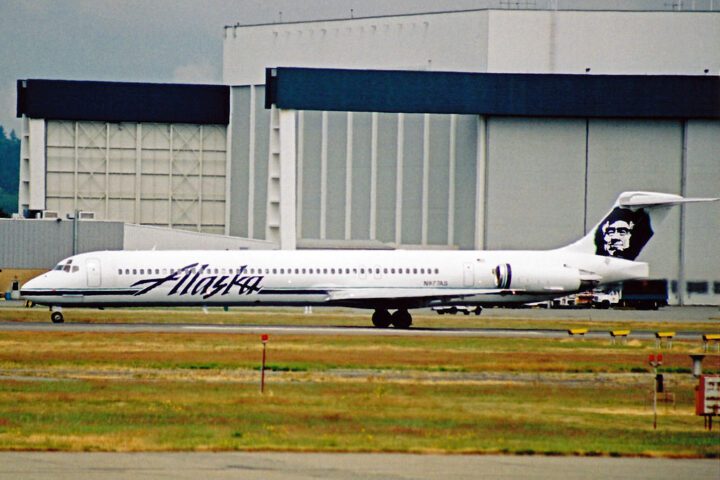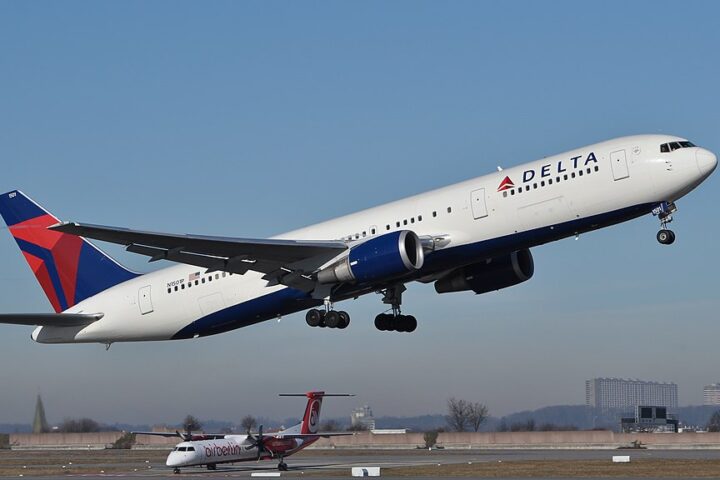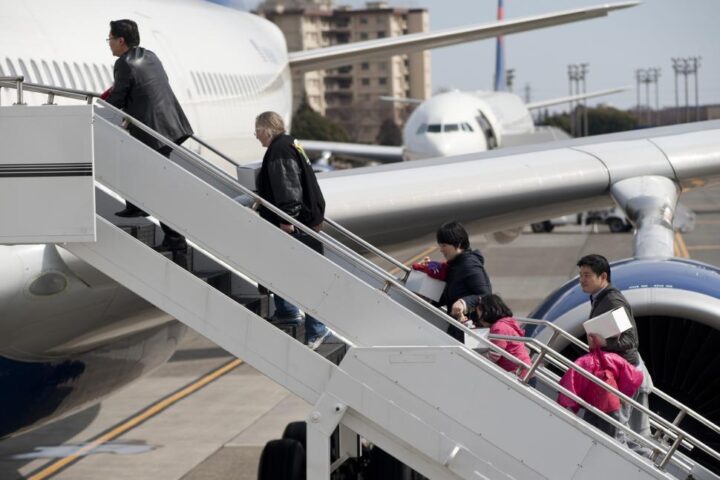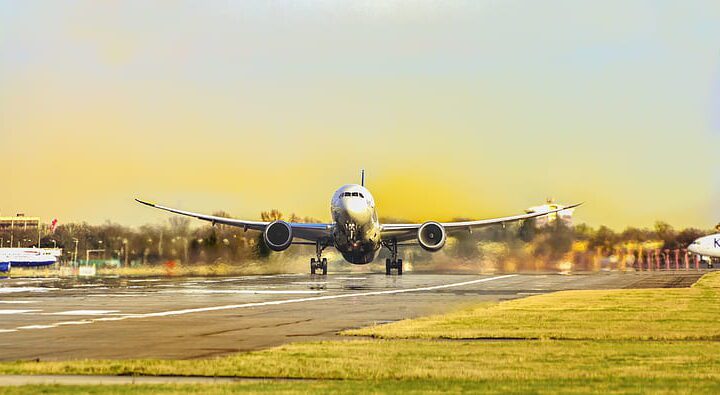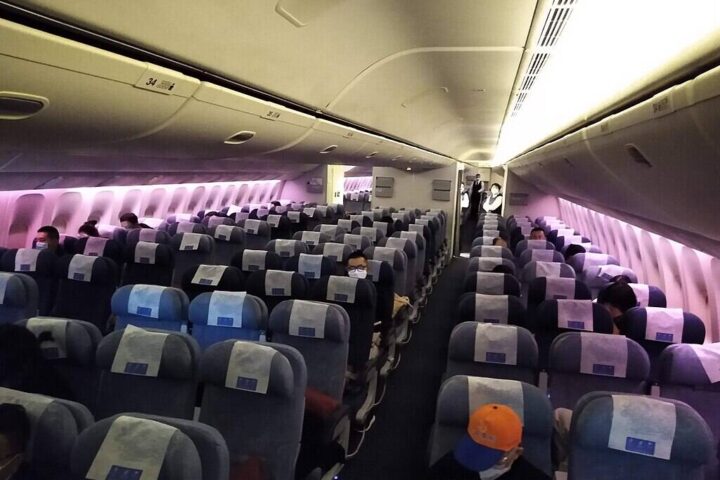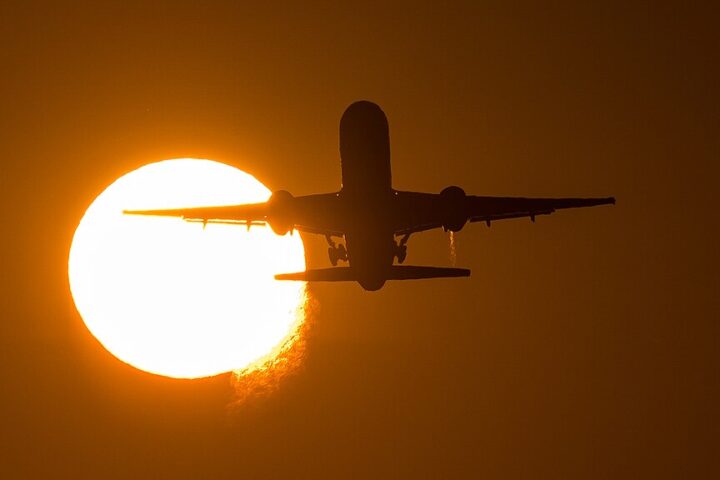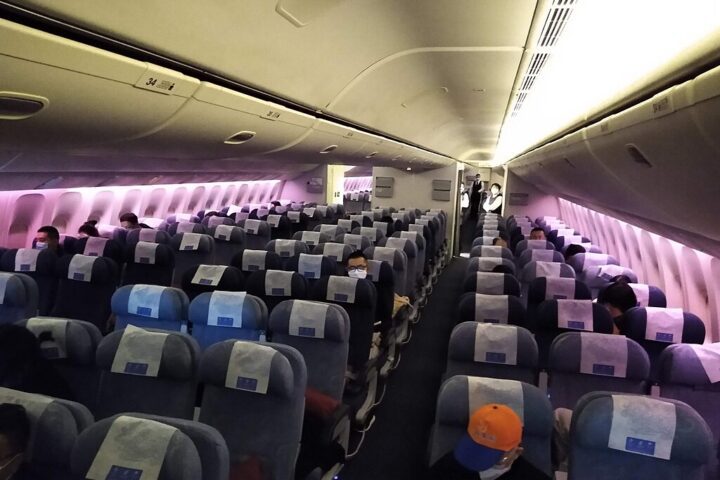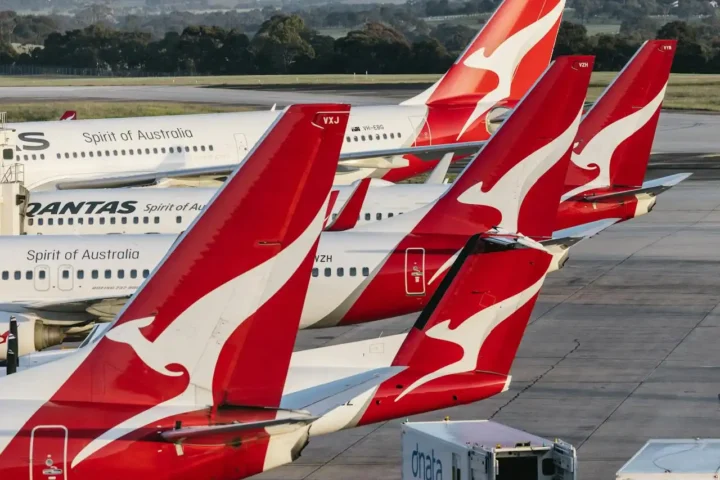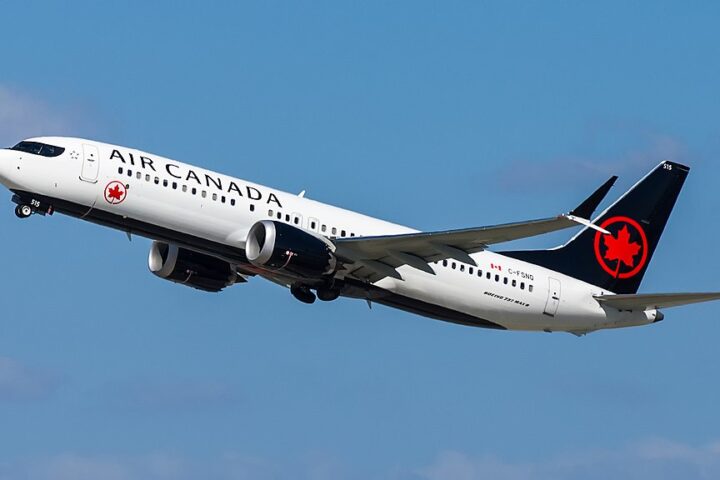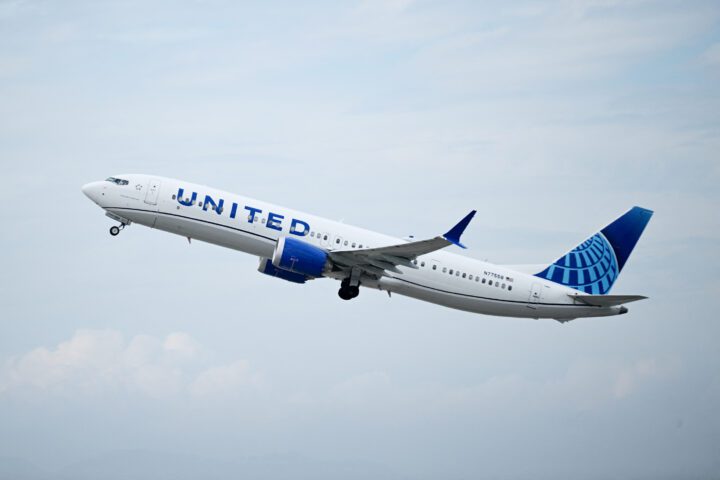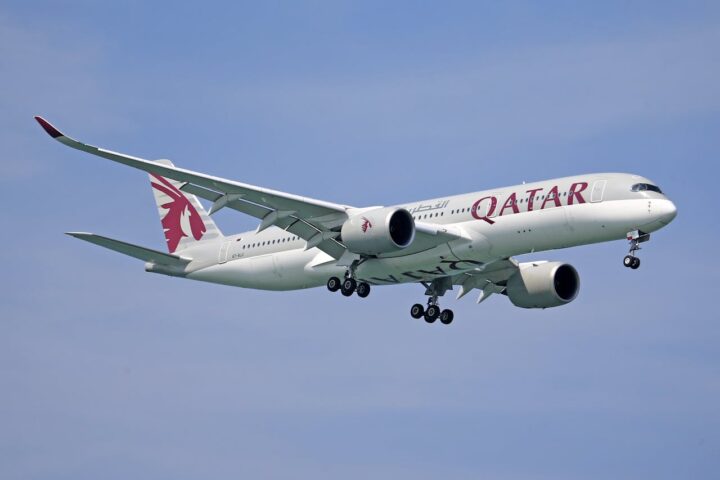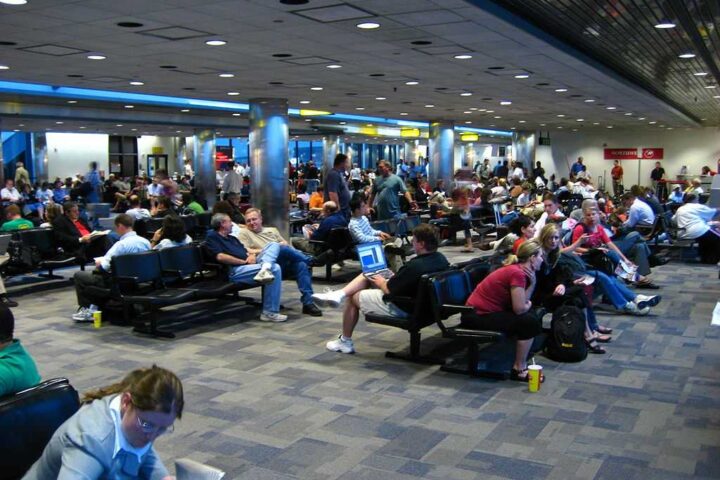Delta flight DL56 diverted to Minneapolis-Saint Paul International Airport on Wednesday, July 30, 2025, after encountering severe turbulence while en route from Salt Lake City to Amsterdam. The incident resulted in 25 people requiring hospital care.
The Airbus A330-900neo, carrying 275 passengers and 13 crew members, landed safely at MSP shortly before 8 p.m. local time. According to Delta’s official statement, “Medical personnel met the flight upon arrival to evaluate customers and crew.”
Flightradar24 tracking data shows the aircraft experienced a rapid altitude change approximately 40 minutes after departure. The plane climbed more than 1,000 feet in under 30 seconds, then descended about 1,350 feet over the following half-minute.
A passenger aboard the flight, Joseph Carbone, described the experience to reporters as “three escalating waves” that occurred during meal service, causing food carts to become airborne.
Test Your Turbulence Safety Knowledge!
Q1: What’s the most important action to prevent injuries during unexpected turbulence?
“Twenty-five of those on board were transported to local hospitals for evaluation and care,” Delta confirmed. The Minneapolis-Saint Paul International Airport Fire Department and paramedics responded to the aircraft upon landing to provide immediate assistance.
According to data from flight tracking site Flightradar24, the flight reached a maximum altitude of 38,075 feet before dropping to 35,775 feet when it encountered the turbulence.
The nature of injuries and which specific hospitals received patients have not been disclosed in official statements. It is standard practice for the NTSB to review incidents involving onboard injuries, though no public announcement of an investigation has appeared at this time.
Delta’s statement emphasized, “Safety is our No. 1 value at Delta, and our Delta Care Team is working directly with customers to support their immediate needs.”
FAA safety guidance continues to stress that keeping seatbelts fastened whenever seated remains crucial for passenger safety during unexpected turbulence events. Turbulence remains a leading cause of non-fatal injuries in commercial aviation operations.
This follows a pattern of similar incidents reported in recent years, including the Qantas turbulence incident that left crew members injured.
Research indicates these types of incidents may be increasing due to climate change effects on atmospheric conditions, creating new challenges for aviation safety protocols.
